Isamu Noguchi (1904–1988) was one of the twentieth century’s most important and critically acclaimed sculptors. Through a lifetime of artistic experimentation, he created sculptures, gardens, furniture and lighting designs, ceramics, architecture, landscapes, and set designs. His work, at once subtle and bold, traditional and modern, set a new standard for the reintegration of the arts.
Isamu Noguchi Akari Light Sculptures
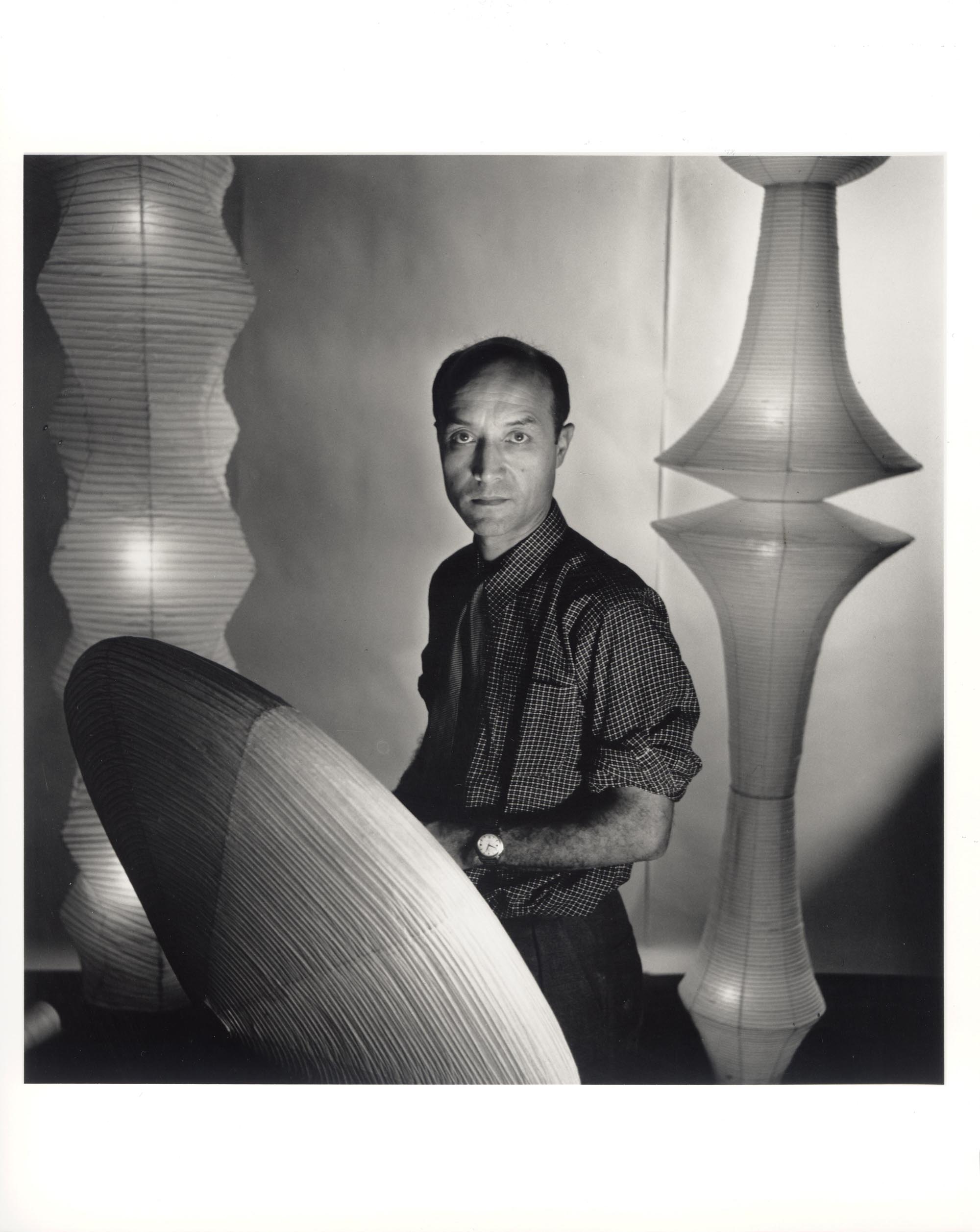
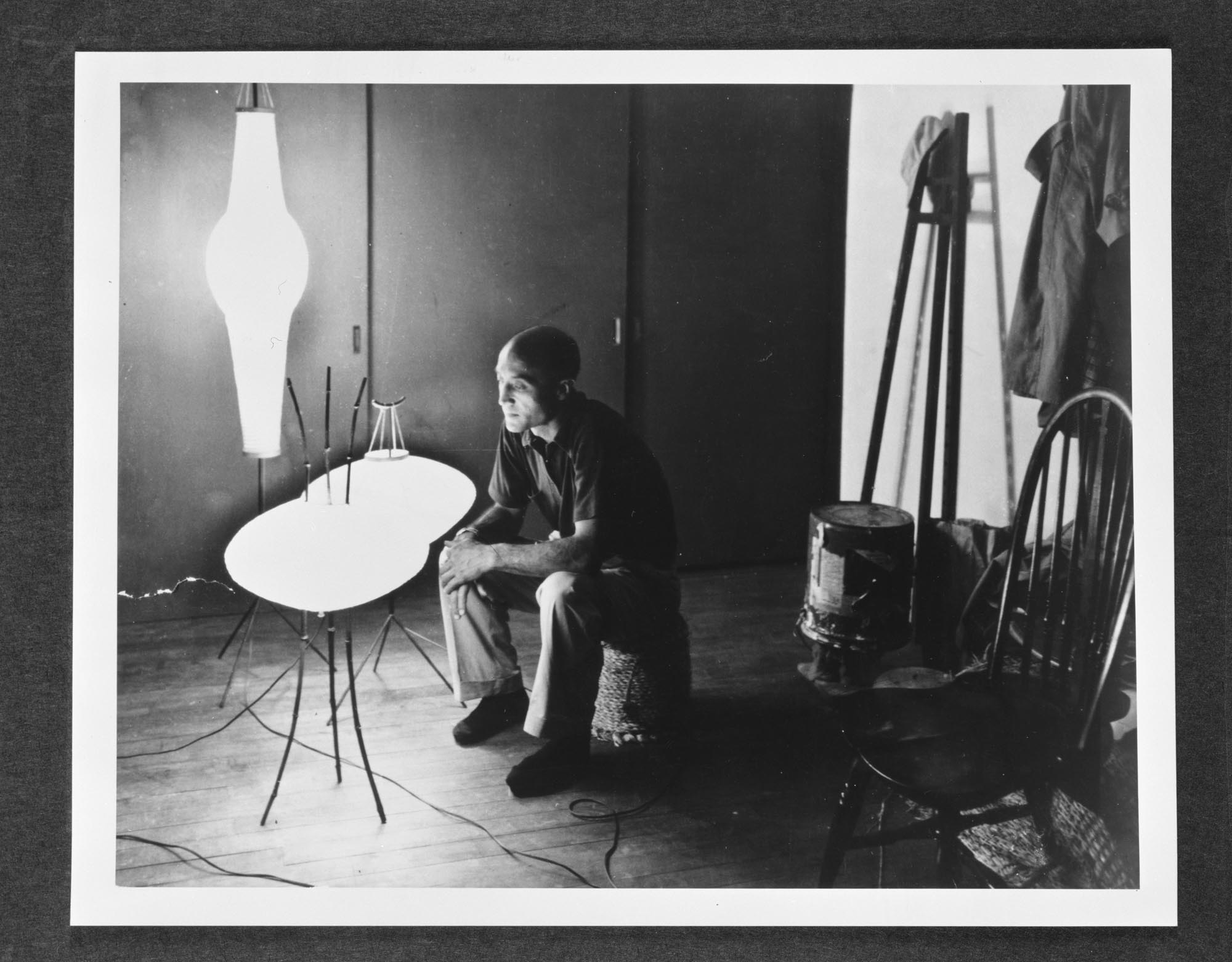
07022 ©The Noguchi Museum / ARS
“This concept, I should like to point out, came to me in 1933, when I conceived a luminous musical weathervane. In America, in former days, it used to be quite notable that weathervanes, that is, the sculpture on a pole, on top of a building, often connected with a lightning rod, would turn with the wind and indicate which way the wind was blowing. Well, I made a somewhat sculpture with flute$ in it, which would turn with the wind, and which would make a “whooing” noise as a result of the flutes, of the slots, of the louvers, and this, because there are these louvers, it was quite natural that I would, say, put a light inside. And that is what happened, and it was a luminous weathervane.“
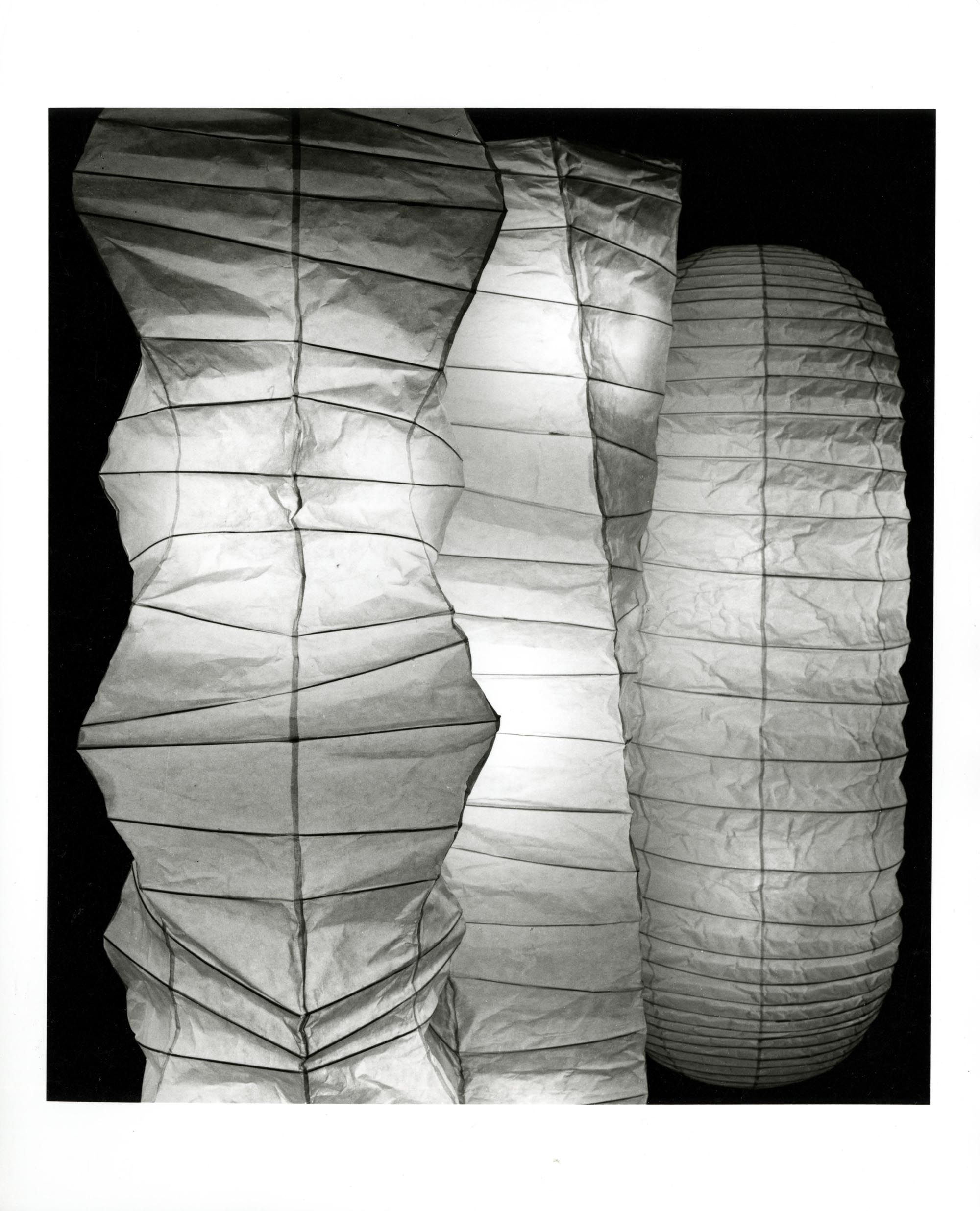
03574 ©The Noguchi Museum / ARS
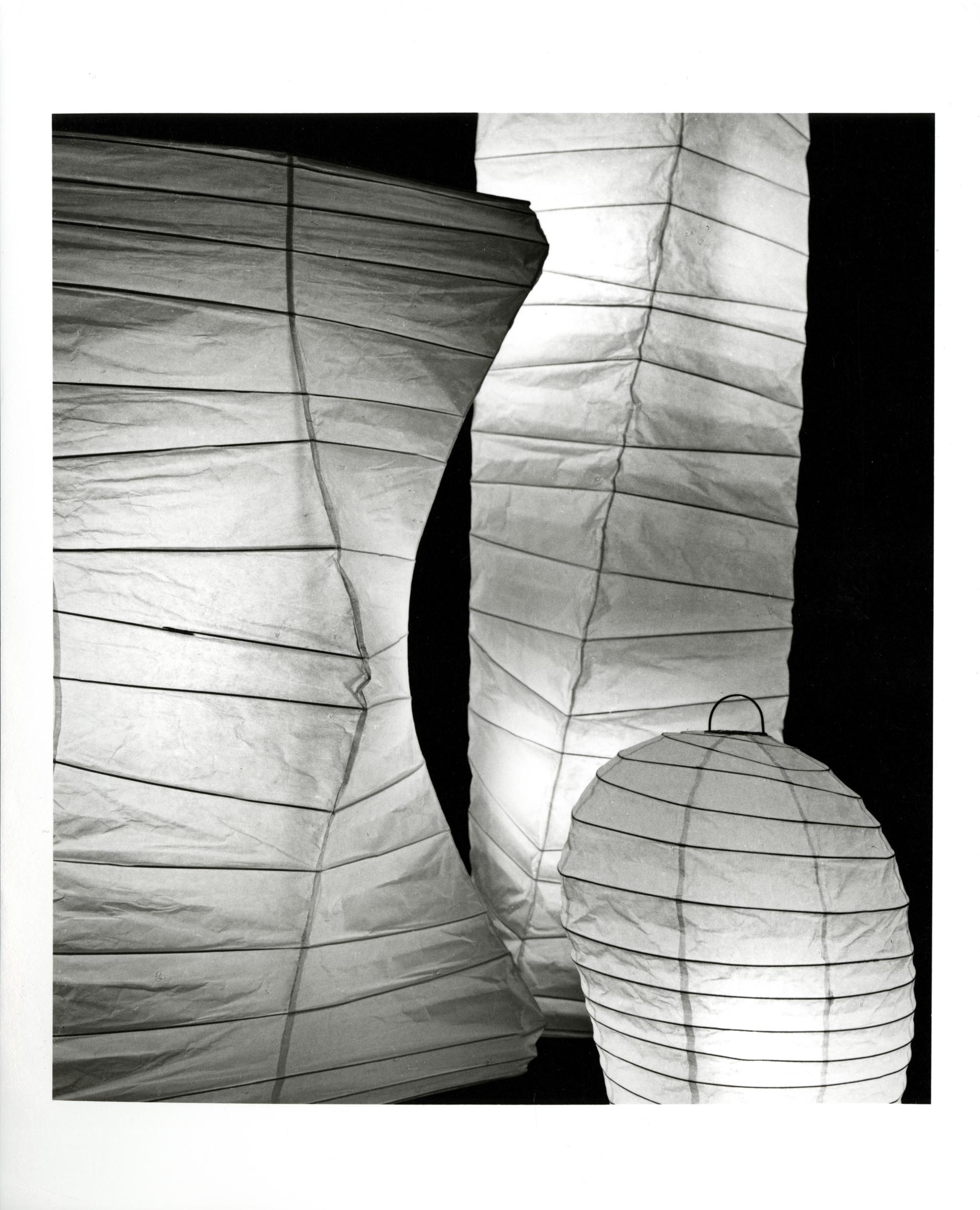
03573 ©The Noguchi Museum / ARS
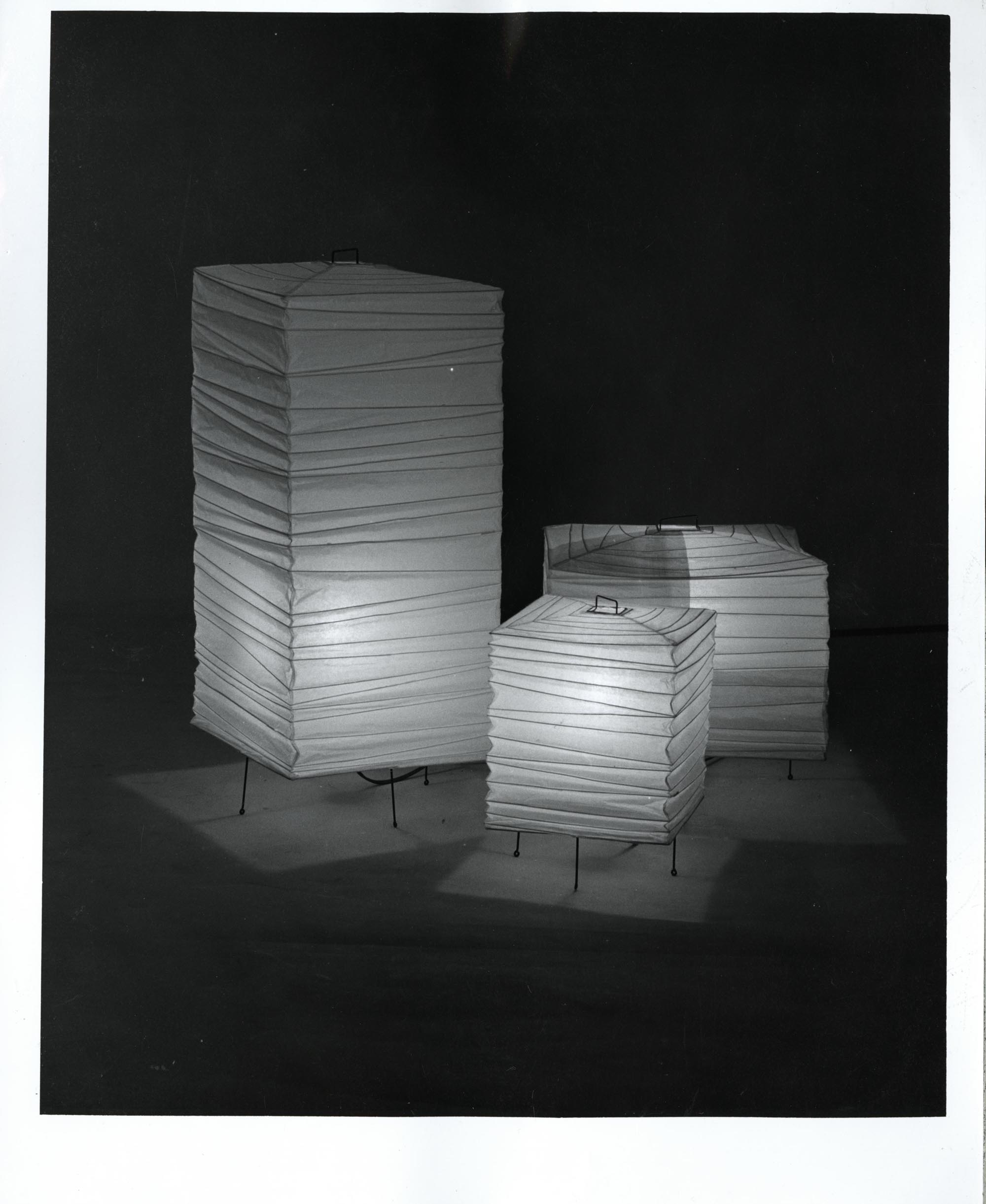
03553 ©The Noguchi Museum / ARS
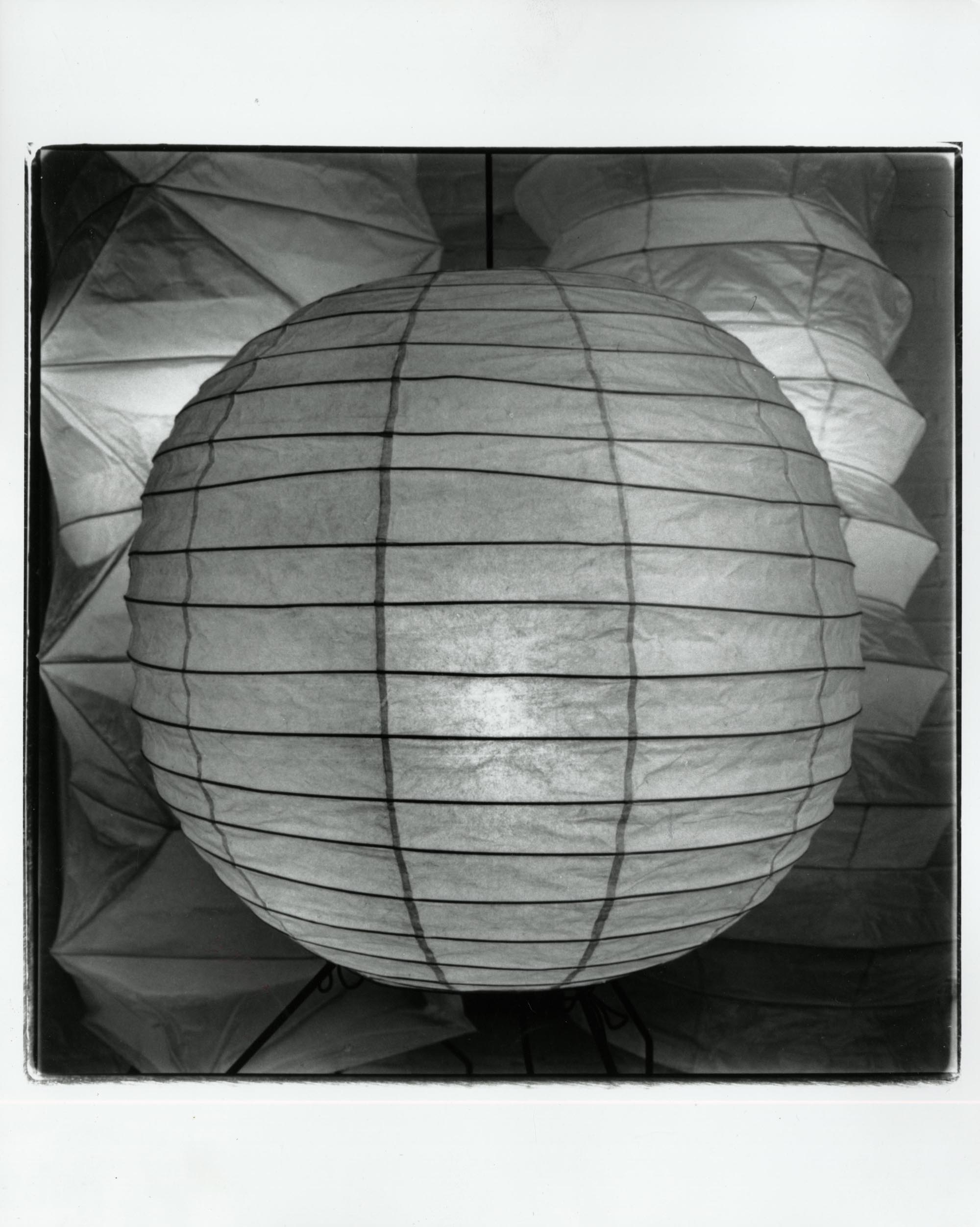
03576 ©The Noguchi Museum / ARS

03509 ©The Noguchi Museum / ARS
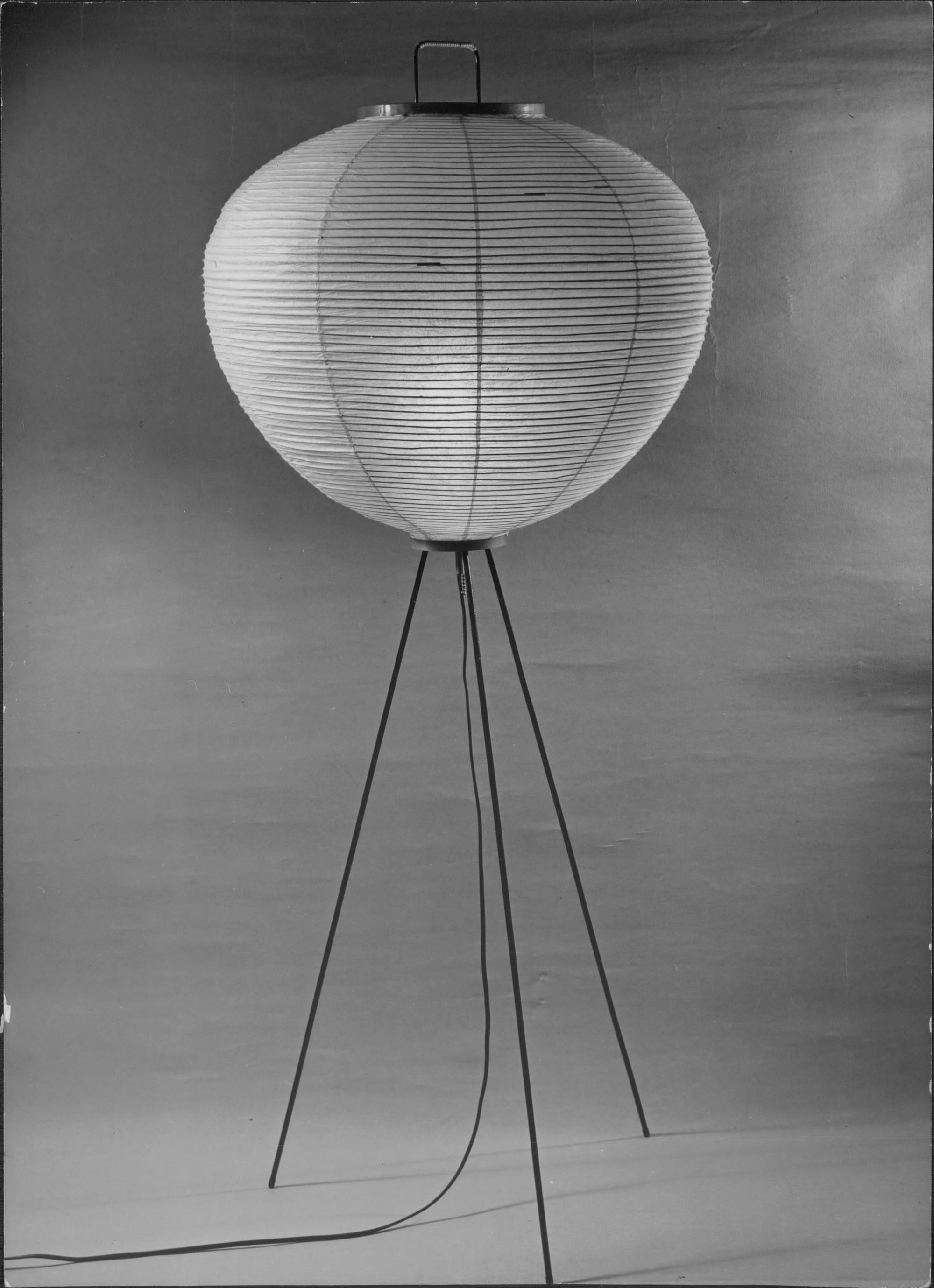
03429 ©The Noguchi Museum / ARS
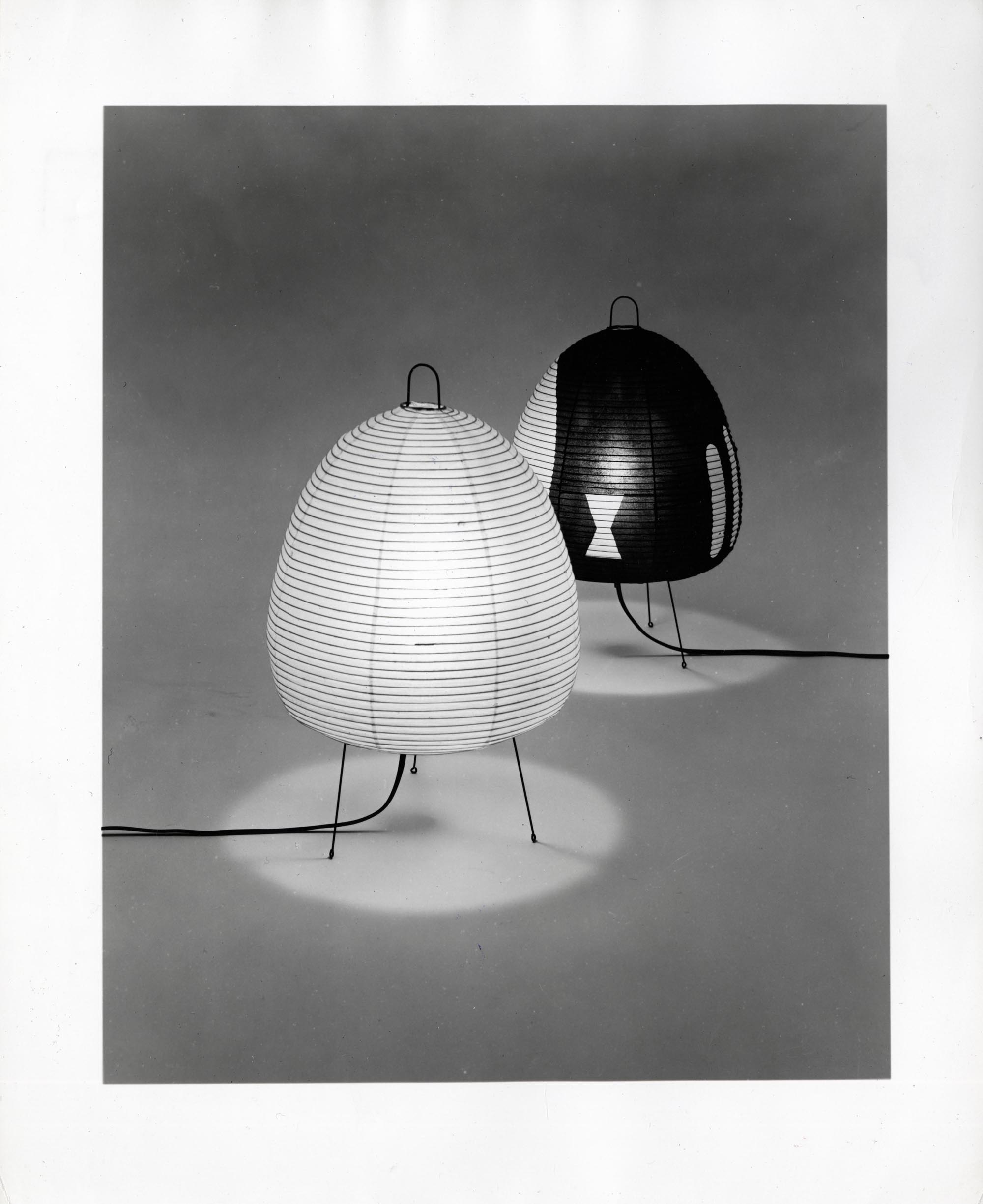
03563 ©The Noguchi Museum / ARS
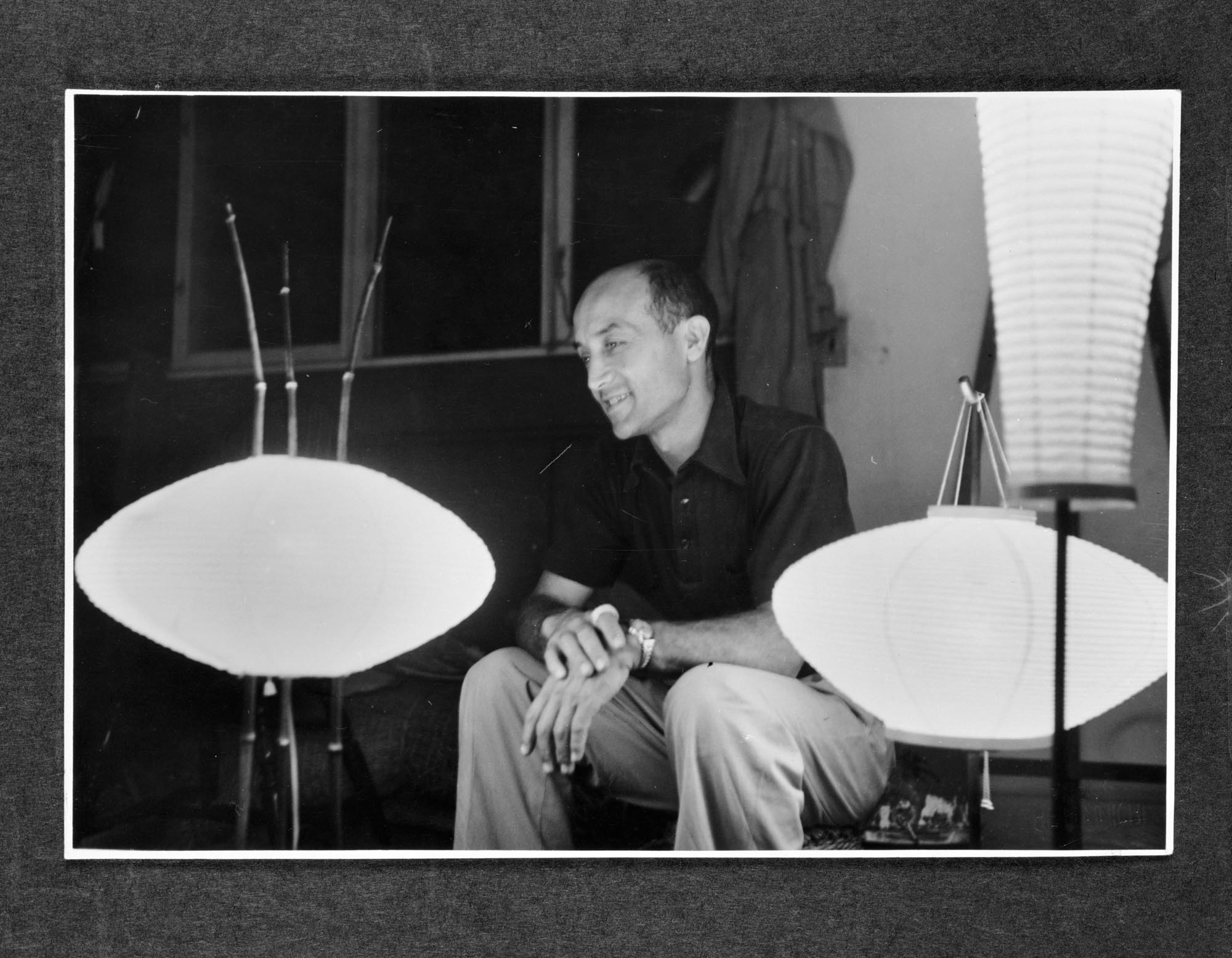
07021 ©The Noguchi Museum / ARS
“But what is so interesting to me is the fact of akari being used “in situ”, that is, it comes to life in relation to place space. Just the same as, let’s say, stones in a Japanese garden come to life by the way they are put there. It’s the art of placement, you might say. A Japanese garden doesn’t allow for sculpture, the kind of sculpture which is self-important and advertising itself as a work of art, or as a personage, or as something of importance. I’ve been told that in a Japanese garden sculptures are simply not allowed, not even a stone lantern, unless it’s old and broken, more or less returned to nature. So that things then can be seen and appreciated in a Japanese garden have already become a part of nature.“
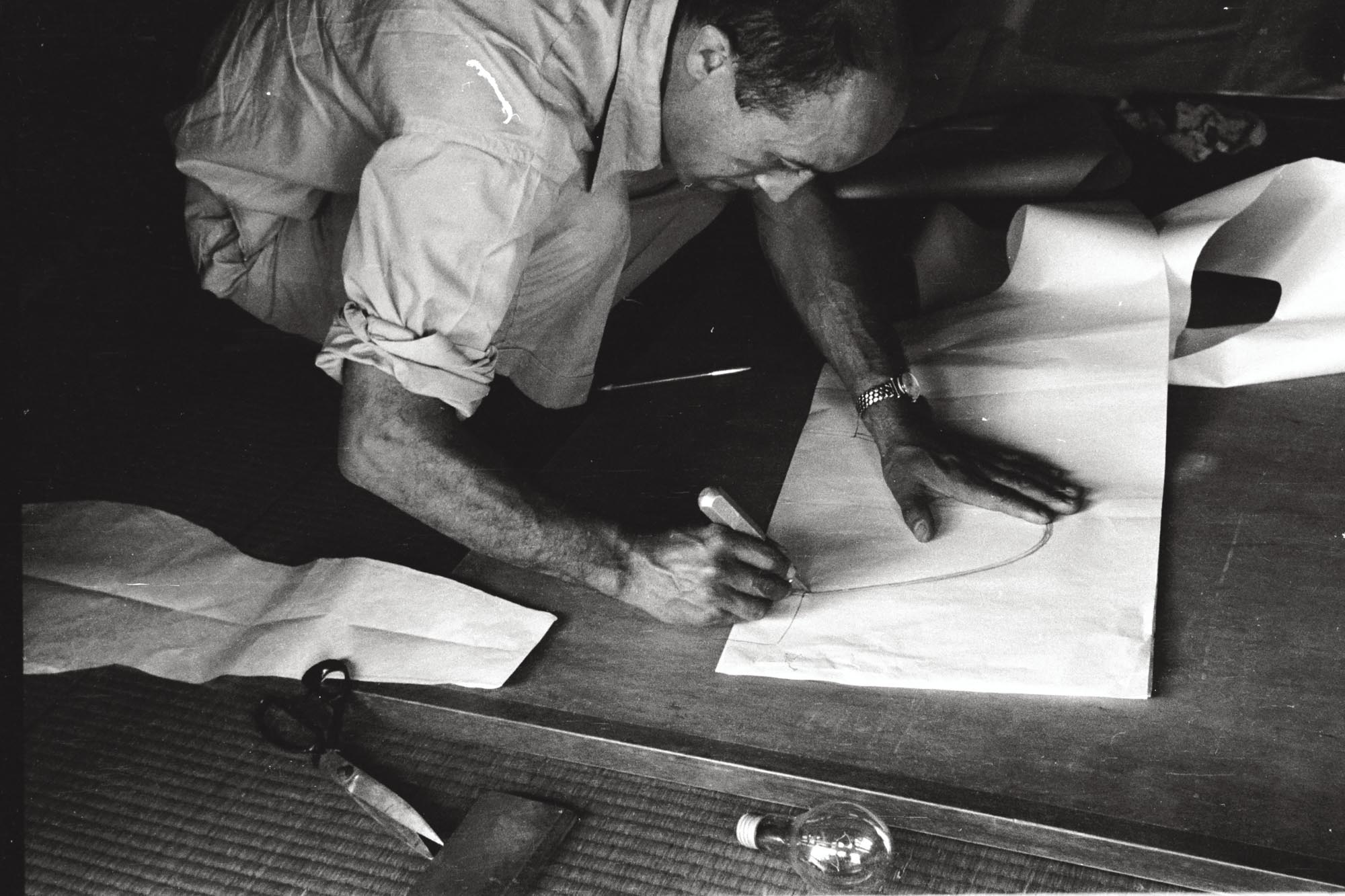
08827 ©The Noguchi Museum / ARS
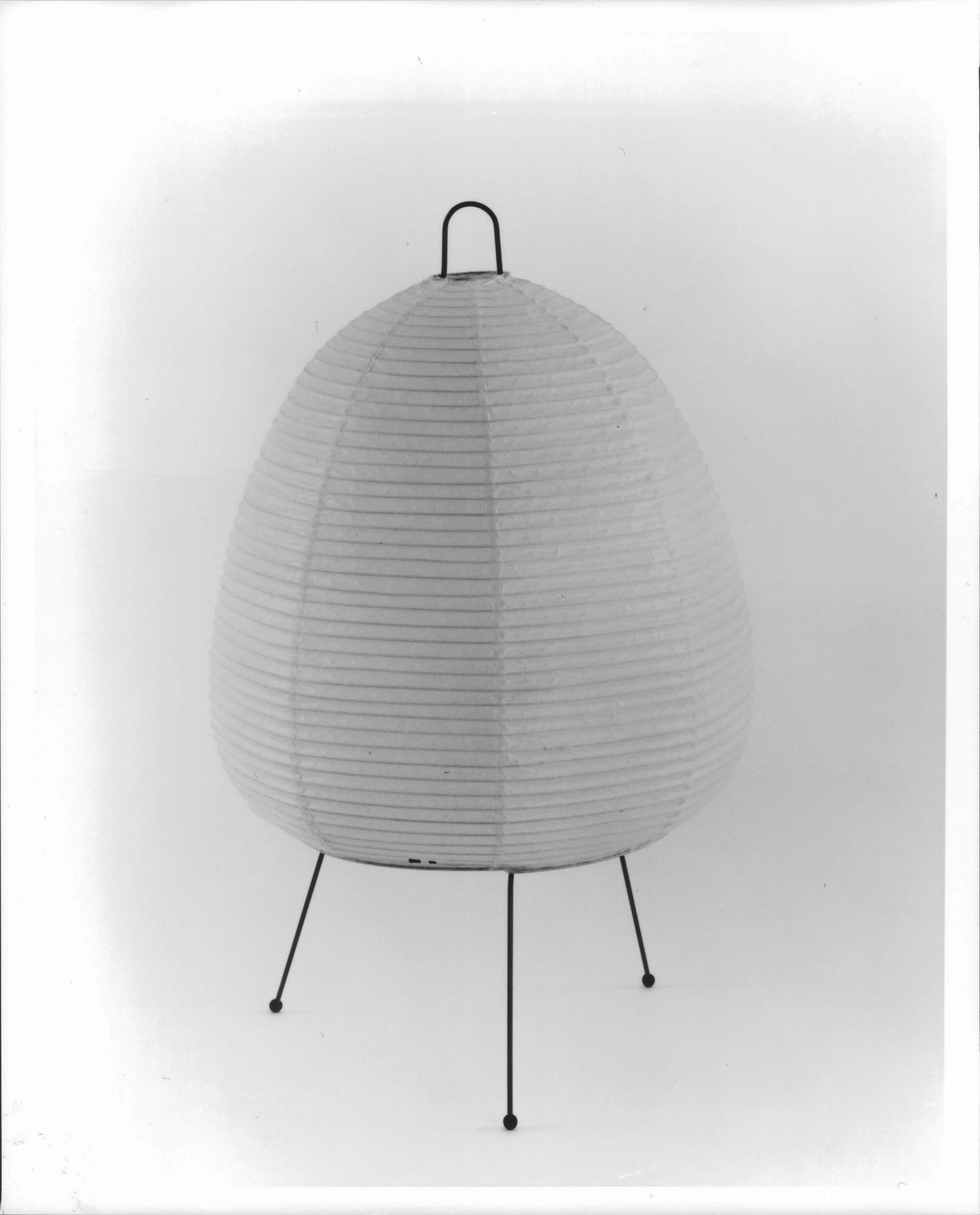
03422 ©The Noguchi Museum / ARS

03517 ©The Noguchi Museum / ARS
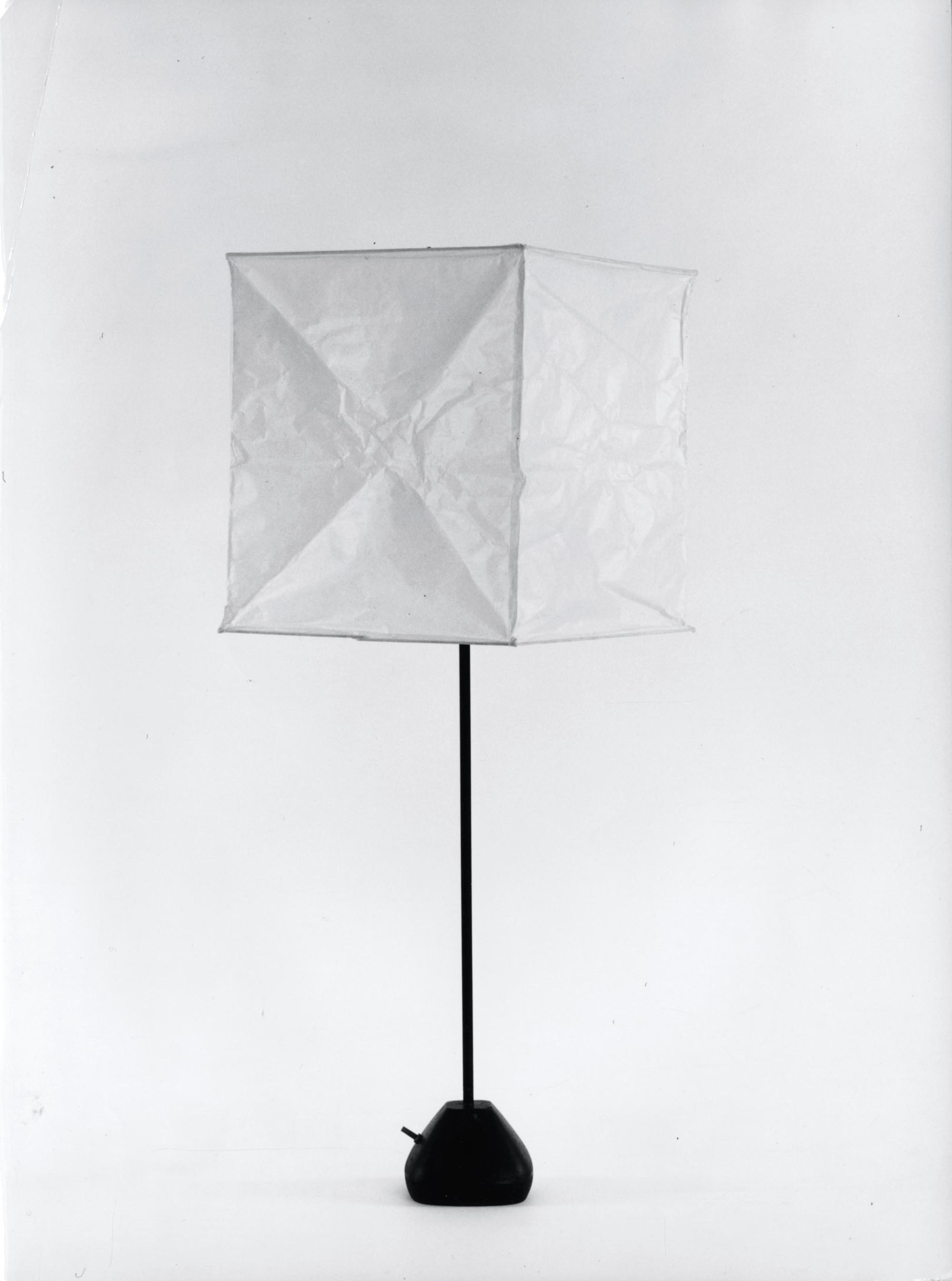
03526 ©The Noguchi Museum / ARS
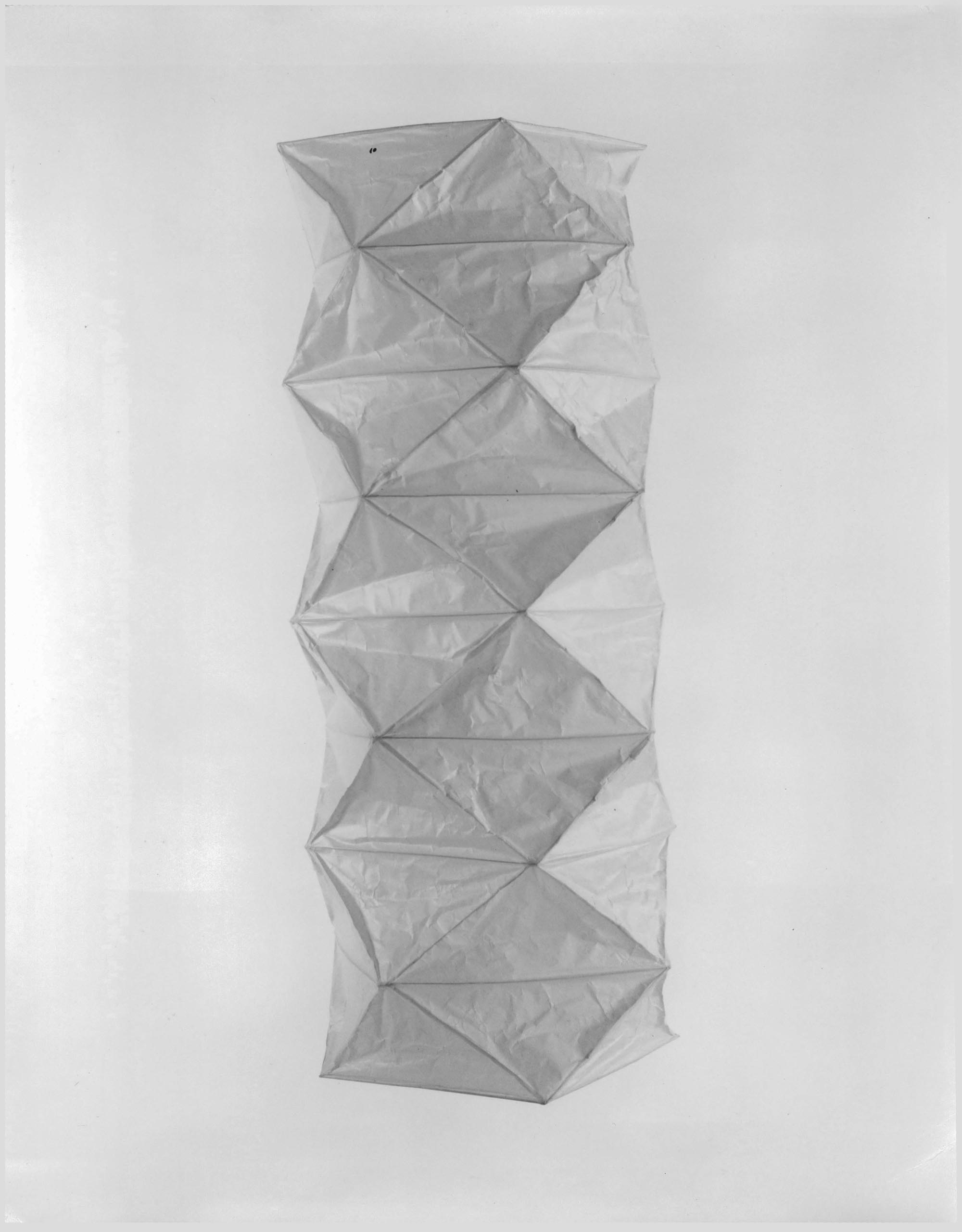
03477 ©The Noguchi Museum / ARS
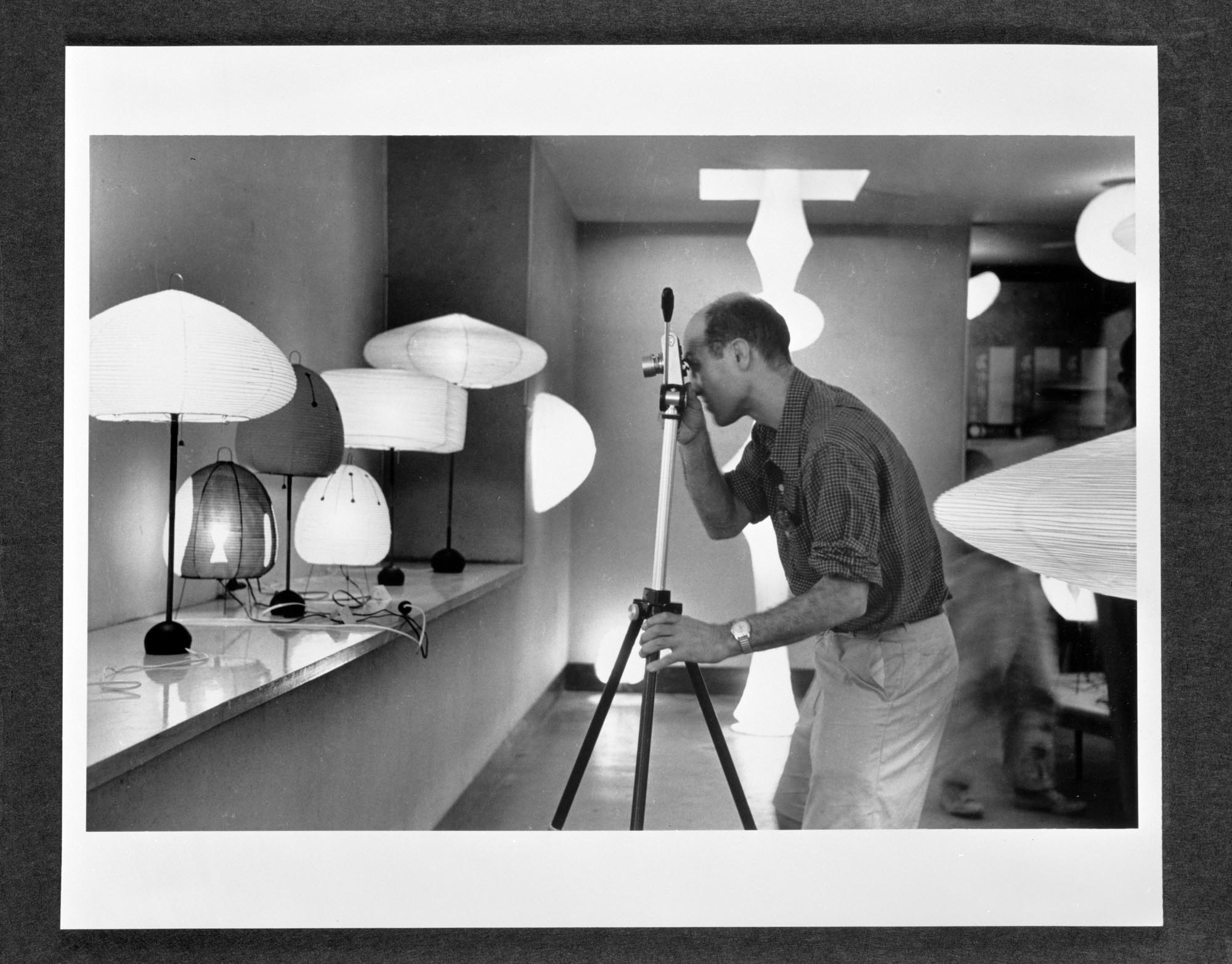
07020 ©The Noguchi Museum / ARS
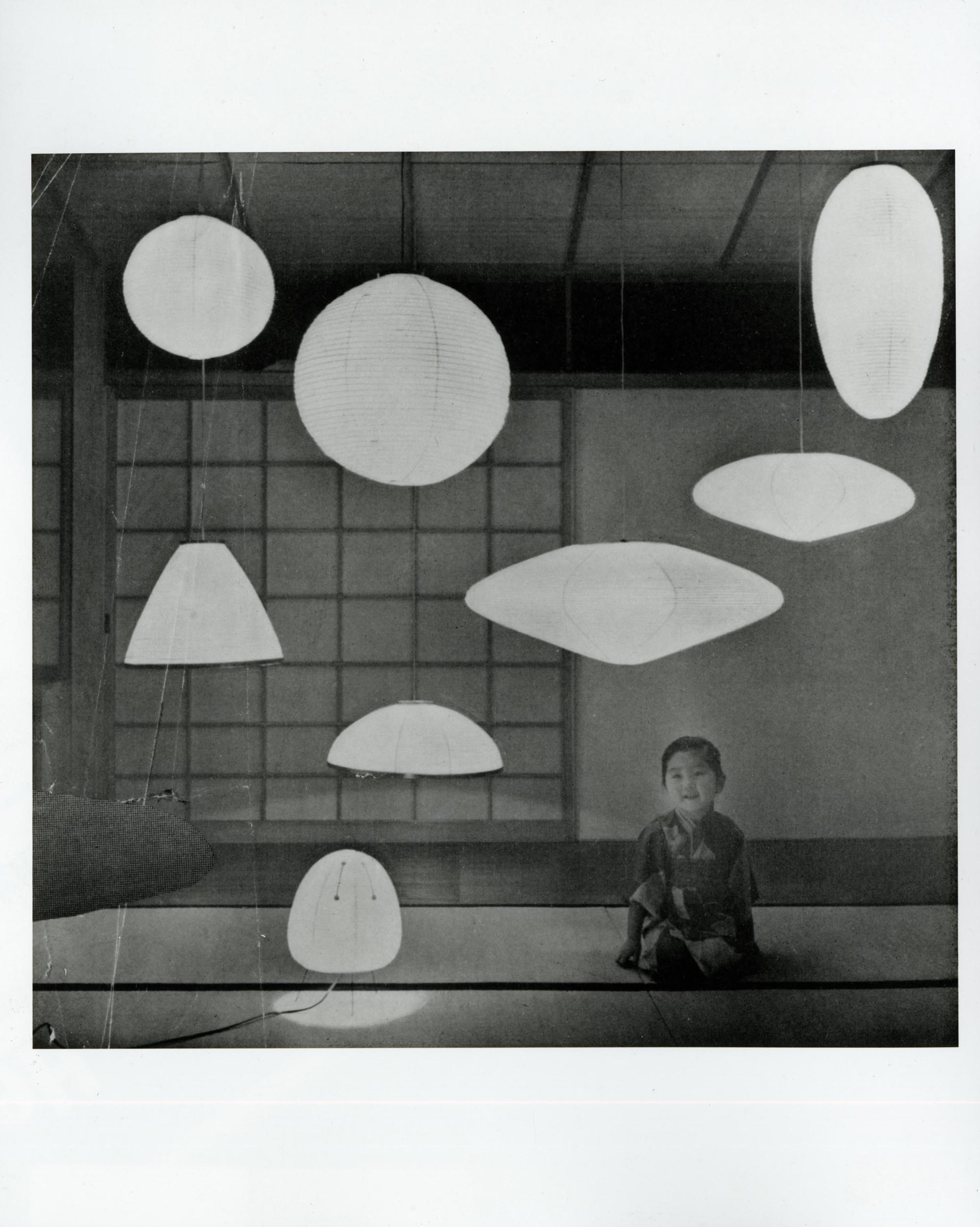
03577 ©The Noguchi Museum / ARS
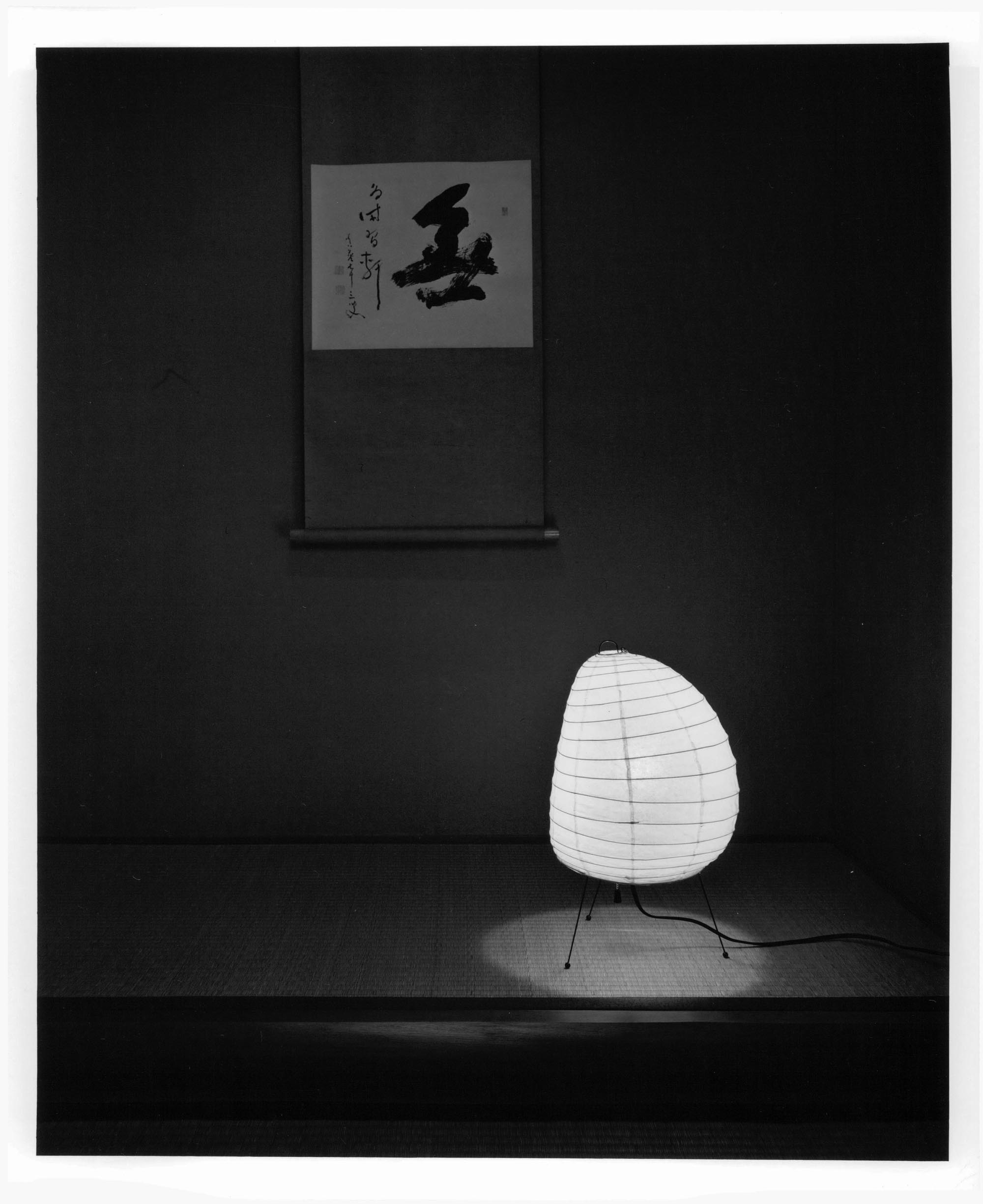
03493 ©The Noguchi Museum / ARS
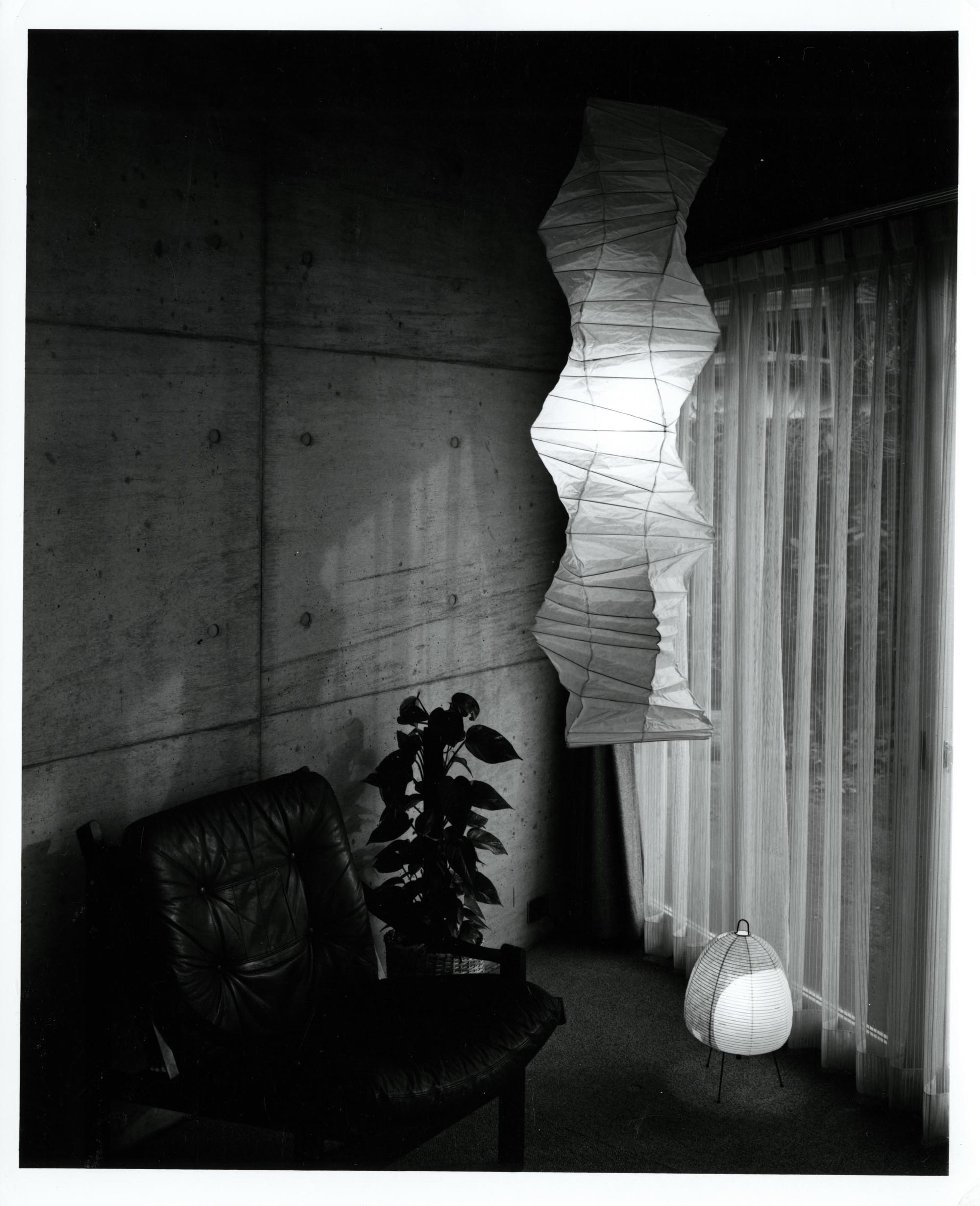
03554 ©The Noguchi Museum / ARS
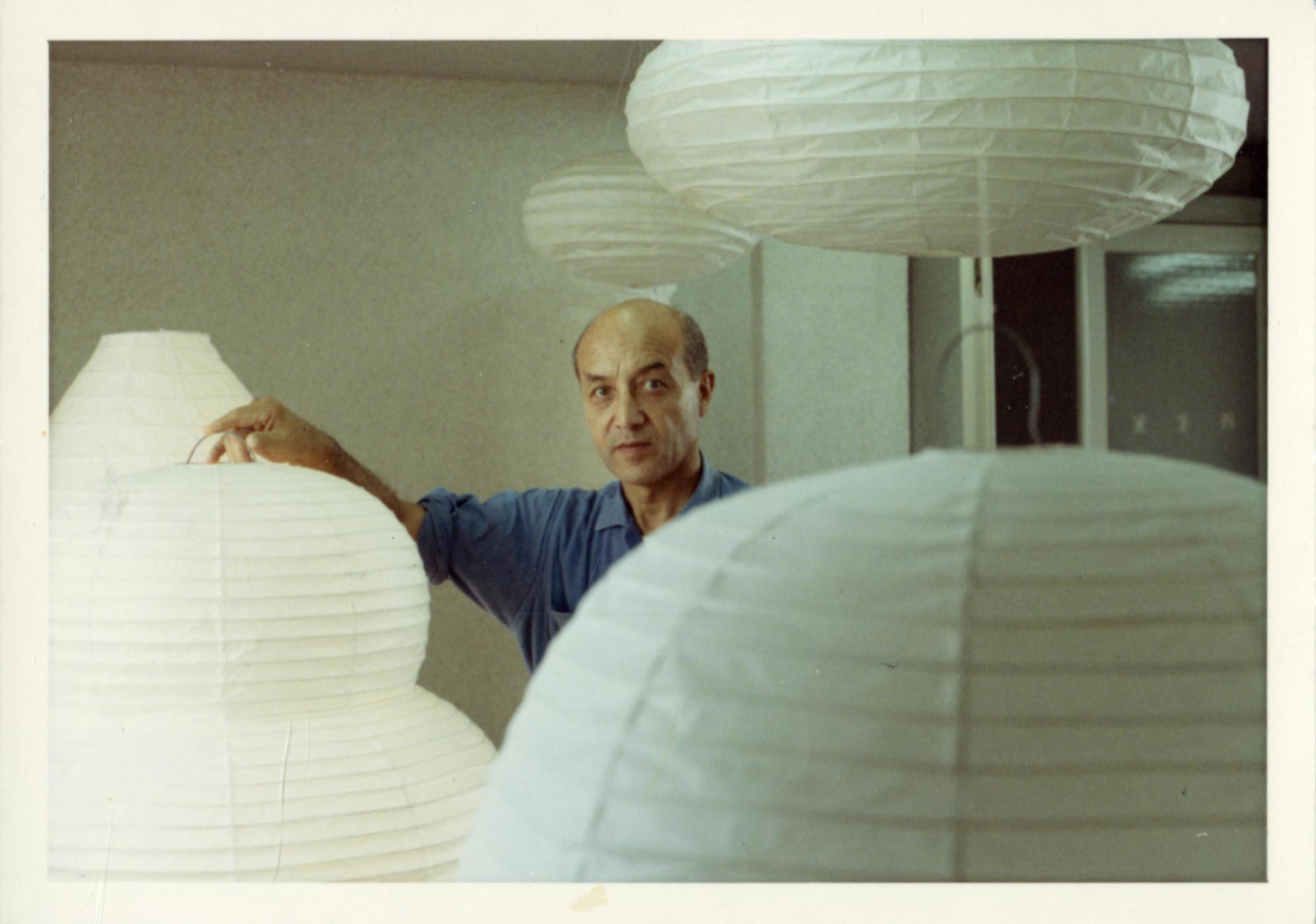
03619 ©The Noguchi Museum / ARS

03621 ©The Noguchi Museum / ARS




